Chins are one of our most important features and can immensely impact our appearance. There are different chin shapes and types of gonial angle, and the way these parts of your face have developed can alter your ratios and proportions.
Many believe our faces are shaped solely by our genes, but it’s also possible to naturally influence and change facial features.
One of the best natural face-shaping techniques is called mewing. Thousands of our app users managed to achieve crazy chin transformations in a short period of time.
Find out your chin type and get:
✅ Personalized face workout program;
✅ Video guidance;
✅ Tips;
✅ Exercices;
✅ Daily reminders;
✅ and more…
All this by completing the quiz below!
However, before you decide which chin type is best for you, read this article to learn about:
- 📝Different types of chin and how they look
- 🔍Factors that influence your appearance and may lead to certain chin types
- 💪How exercises and mewing practice can help modify the look of your chin
Ready to find out more about your chin? Let’s dive in!
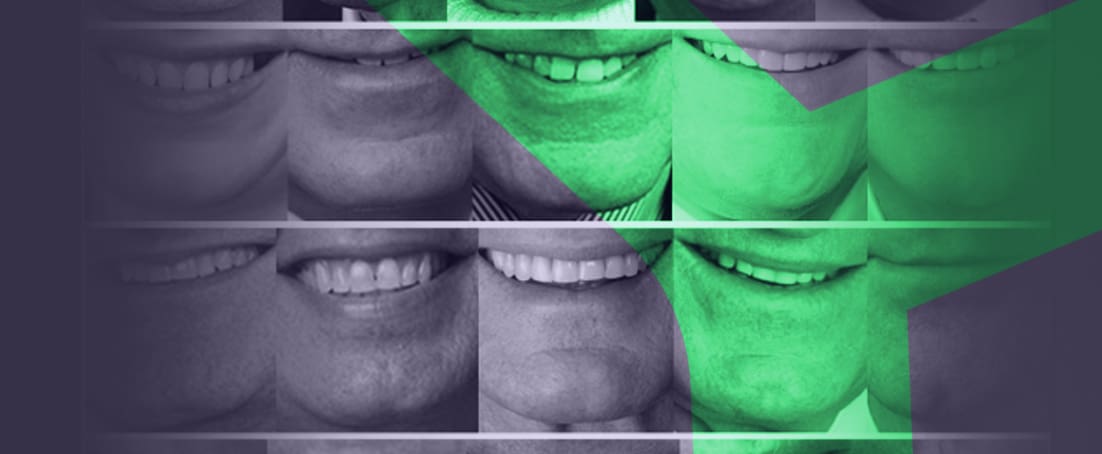
1. Square Chin

Although square chins can be deemed desirable for both genders, the strong and angled look is mostly favored by men.
Some people naturally develop a square chin, while others may not. However, there is a way to achieve this look, or something similar, by practicing mewing.
2. Short and Narrow Chin
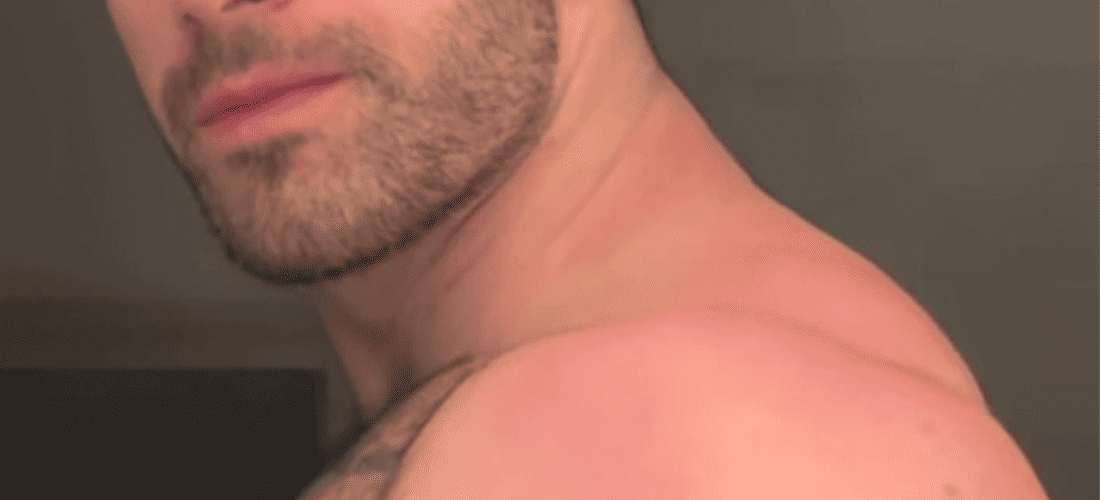
A narrow chin and forehead are characteristics of a diamond face shape. This type of chin may appear smaller and cause the upper lip to seem as if it protrudes out unnaturally.
Yet, how we perceive this feature can depend on other factors, such as the shape of the jawline. While this type can sometimes appear weak, in other cases, it’s highly desirable. With proper exercises, you can help your chin look more defined and attractive.
3. Protruding Chin (Jutting)
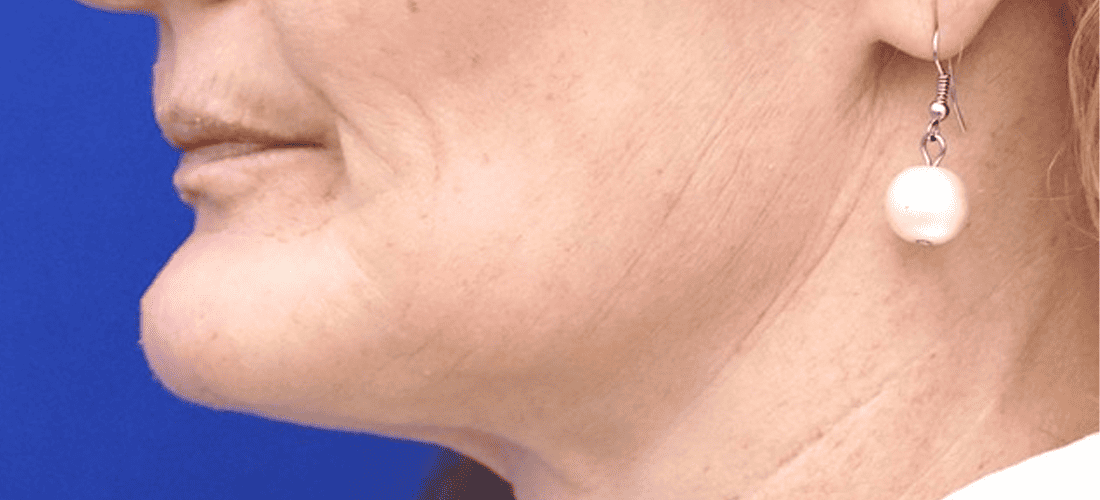
This type is typically defined as a pointed or round chin with a forward slant. The chin protrudes until it reaches or goes past the level of the lips.
To minimize the appearance of a protruding chin, you can check out our chin tucking exercise guide for proper posture and alignment. At times, this feature causes various problems, and people with jutting chins may need to undergo cosmetic surgery.
4. Round Chin (Double Chin)
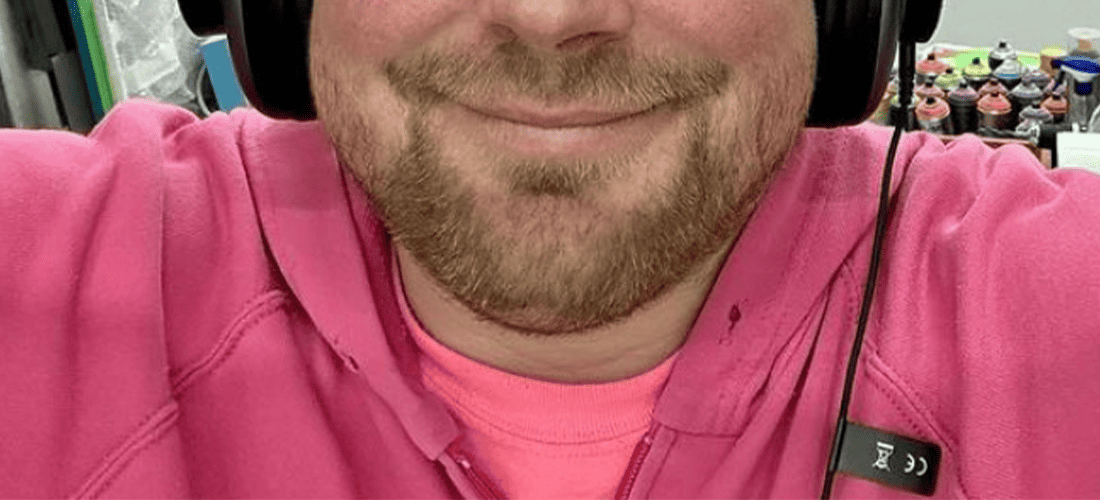
A round chin is very common, especially as people age. Having a rounder look also makes you more prone to developing a noticeable double chin.
A double chin, known as submental fat, develops when a fat layer appears beneath the chin, resulting in an ill-defined jawline or the appearance of two chins. Weight gain can cause increased submental fat, but people don’t have to be overweight to have this feature.
Even slim people can struggle with an exaggerated under-chin area due to genetic predispositions or poor tongue posture. In many cases, a healthy diet and mewing may help you get rid of double chin. It’s best to try these methods first, as surgical procedures to remove a double chin can leave the patient with a scar.
5. Long Chin

People with long chins have excessive bone development, but they usually don’t have any functional problems. If you want to make aesthetic changes, you can try specific exercises and mewing.
Strengthening your muscles and changing your facial structure can help a long chin look better proportioned to the rest of your face. However, if you want to make a vertically long chin actually smaller, you will likely have to undergo a procedure where doctors remove bone tissue.
6. Weak Receding Chin
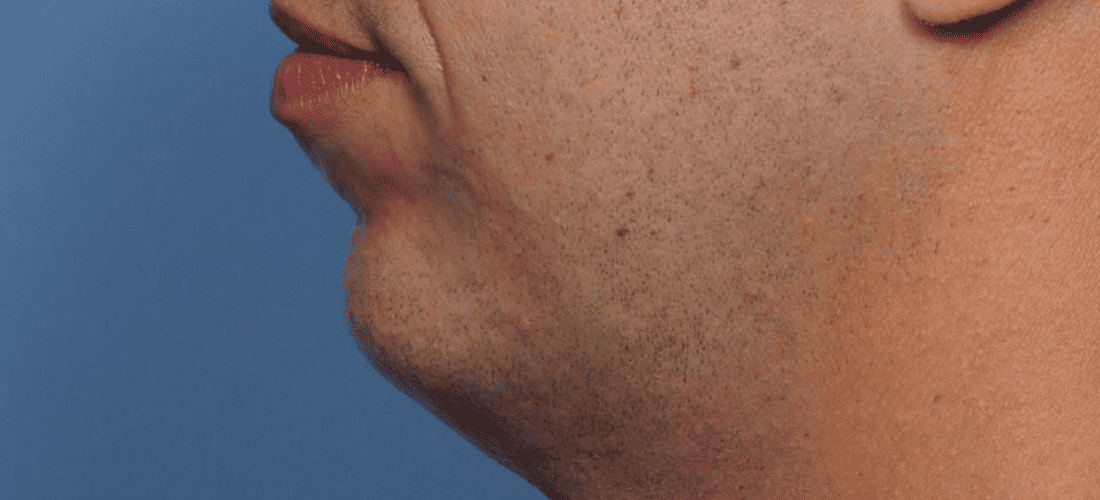
Mandibular retrognathia is a medical condition that causes a weak and receding chin. It’s a condition in which the lower jaw bone is aligned inwards or gradually withdraws towards the neck.
Many men and women experience this as they age, but consistent mewing and proper technique can help your features look stronger throughout the years. You can also read our guide on how to tighten skin under your chin to make the area appear more prominent.
7. Cleft Chin
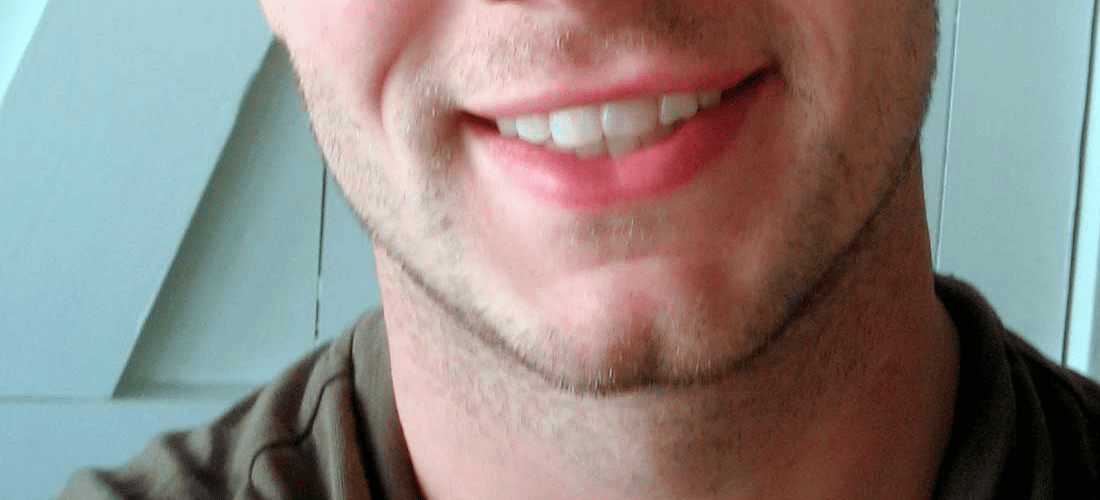
This type has a Y-shaped dimple in the middle. It’s usually inherited, so your genes determine whether or not you have it. The unique dimple develops before birth if the two sides of the lower jaw do not fuse during fetal development.
This causes no other symptoms besides the dimple, and people who consider getting rid of cleft chin do it purely for aesthetic purposes. Meanwhile, some like this feature and even add a cleft chin with surgery.
8. Wide Chin
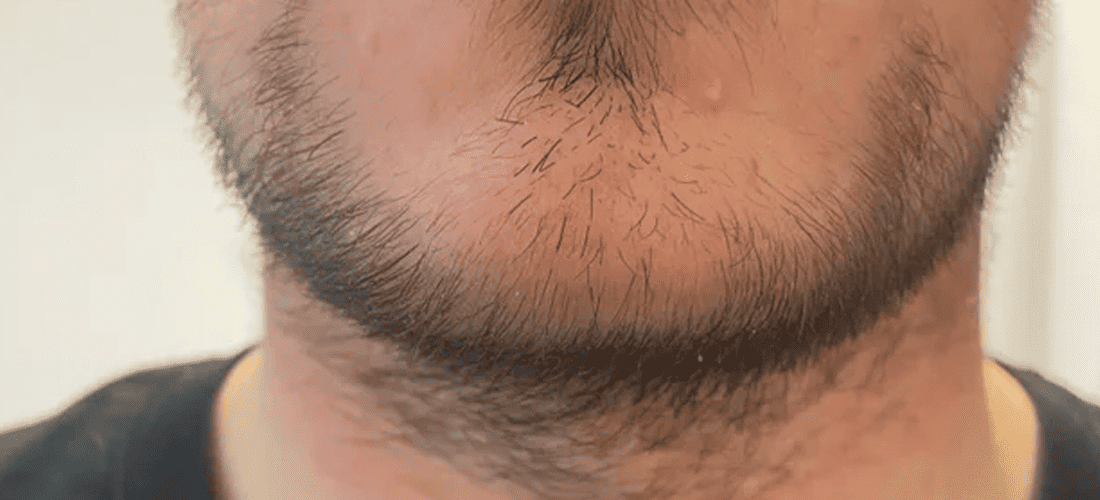
Usually, men have wider and larger shapes of chins. People with this type can make it more pointy with surgery if they don’t like how it looks. However, a wide chin is considered masculine, and many men aim to have this type.
9. Pointy Chin
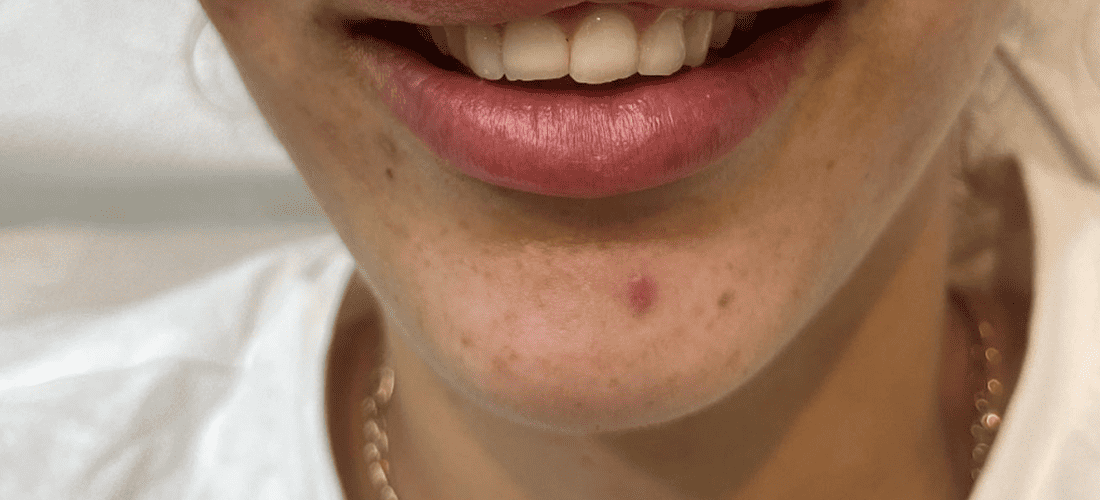
A pointed chin can develop over time as people age. This type can form due to collagen and fat loss between the chin and lower lip. Since a pointy shape is caused by volume loss in the lower face, specialists can use injectable fillers to plump up the lower face.
10. Crooked Chin

This type is a misaligned or asymmetrical chin that isn’t properly lined up with the middle of the face. A crooked chin can be genetic, a result of trauma, or caused by other factors.
Practicing proper tongue posture and mewing can help with jaw alignment. However, in some cases, it’s necessary to perform surgery to fix this condition.
Conclusion
The chin’s sizes and shapes are strongly related to overall facial symmetry and appearance. If you believe it detracts from your appearance, you can benefit from some exercises to refine and define your face.
Check out the Mewing.Coach app to get a detailed introduction to mewing and ways to improve your chin appearance. We offer expert tips and can help you find the right technique and stay consistent.



